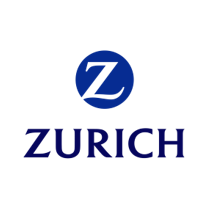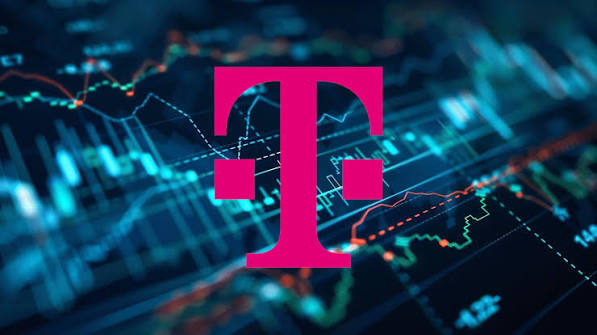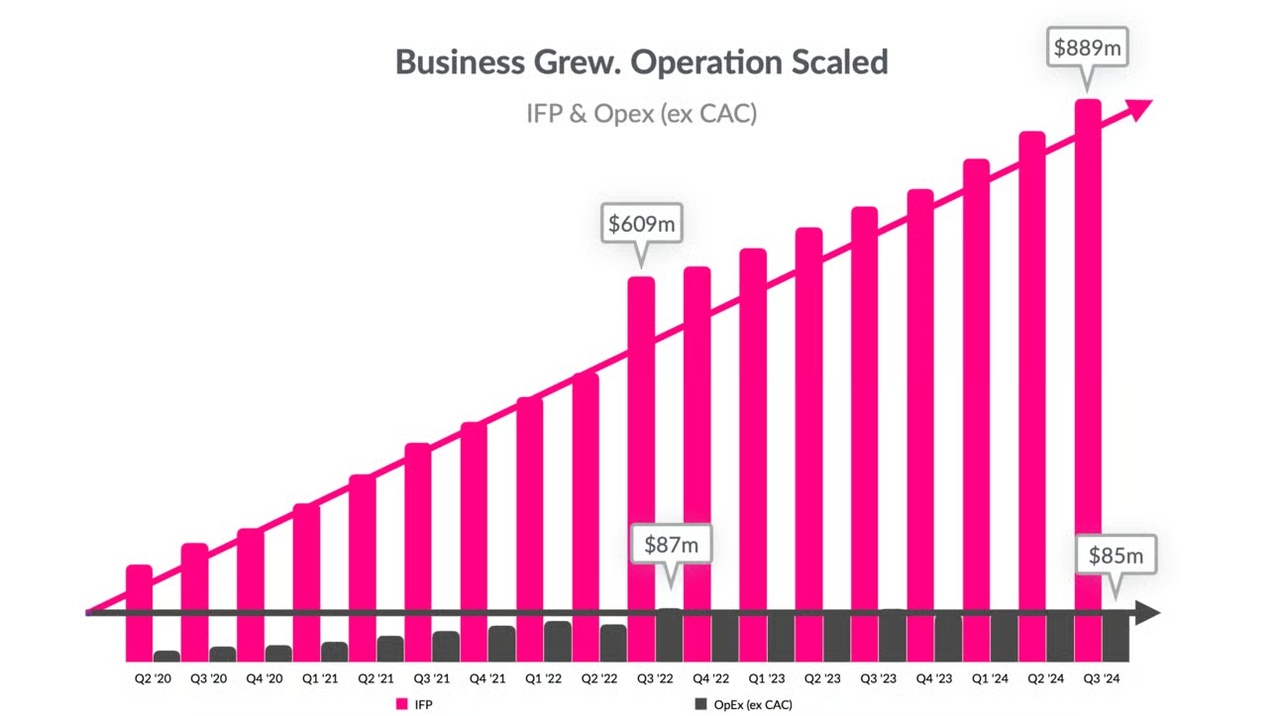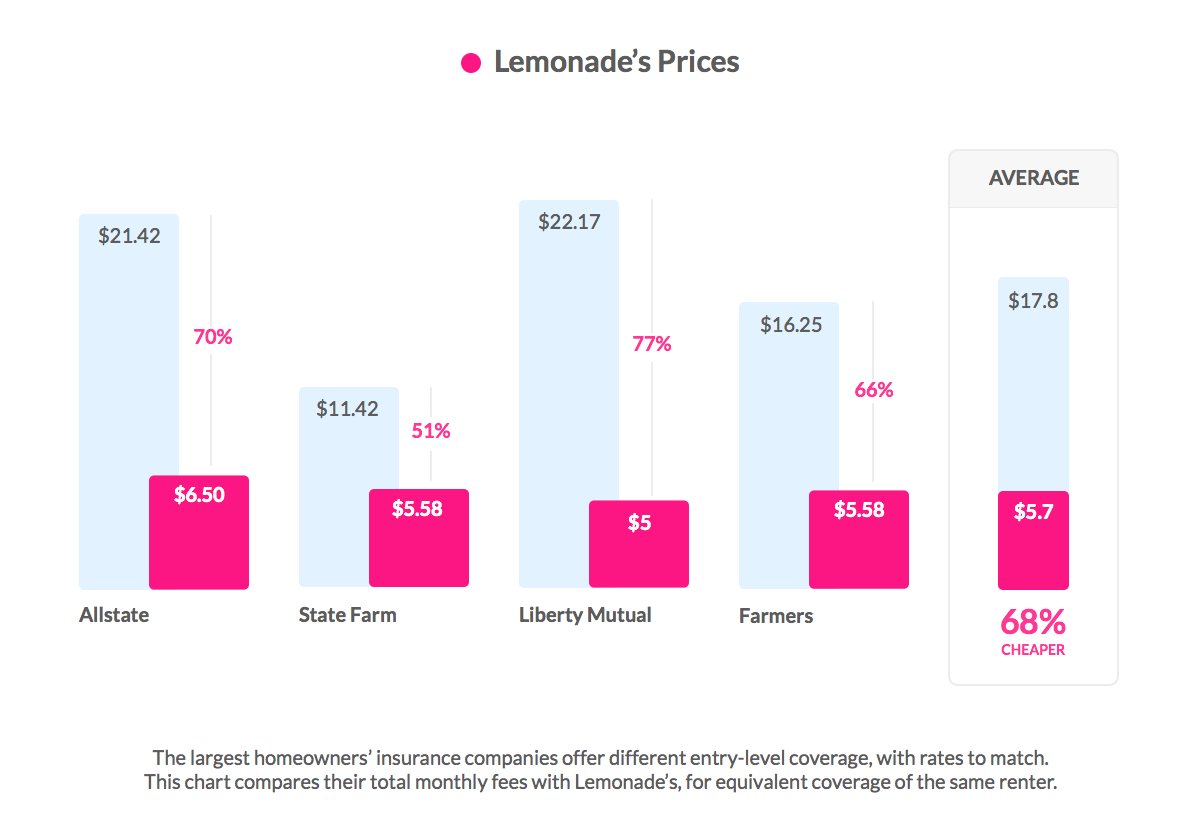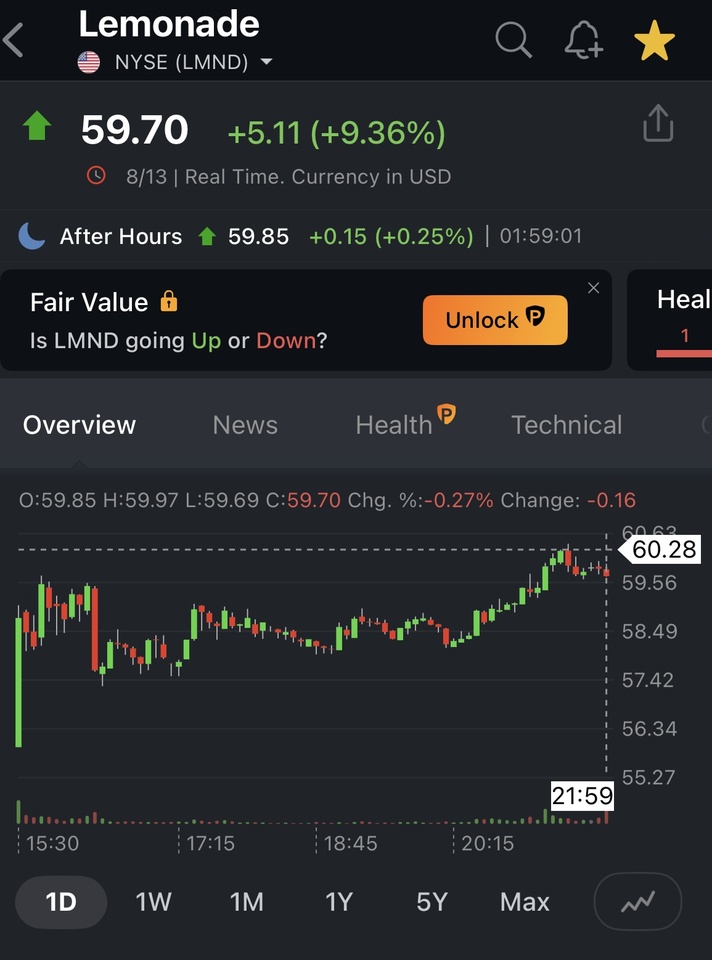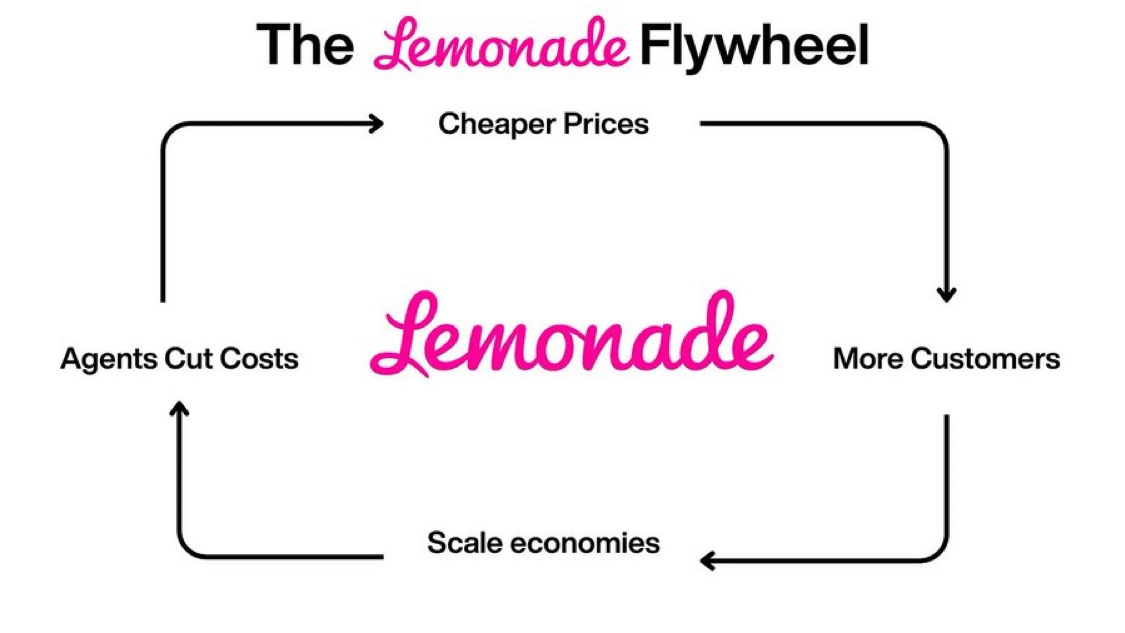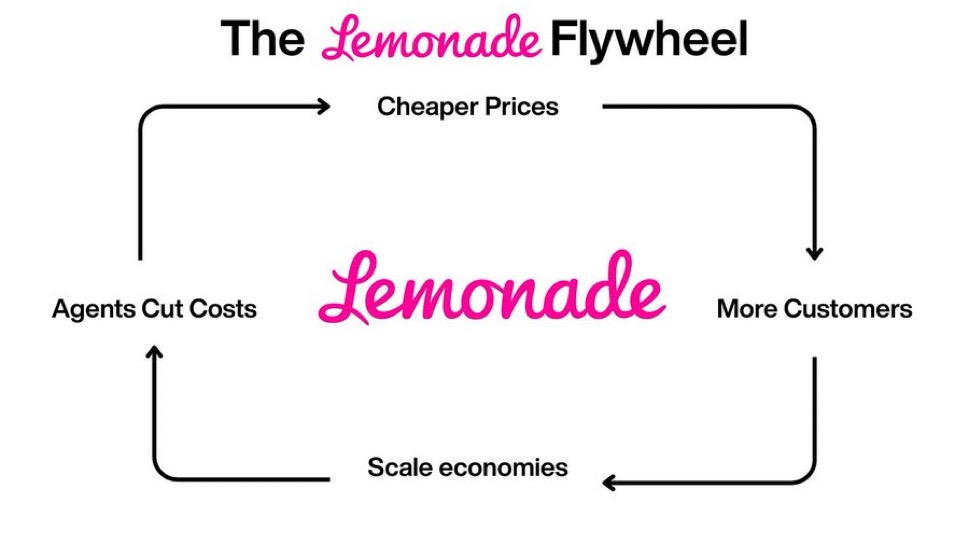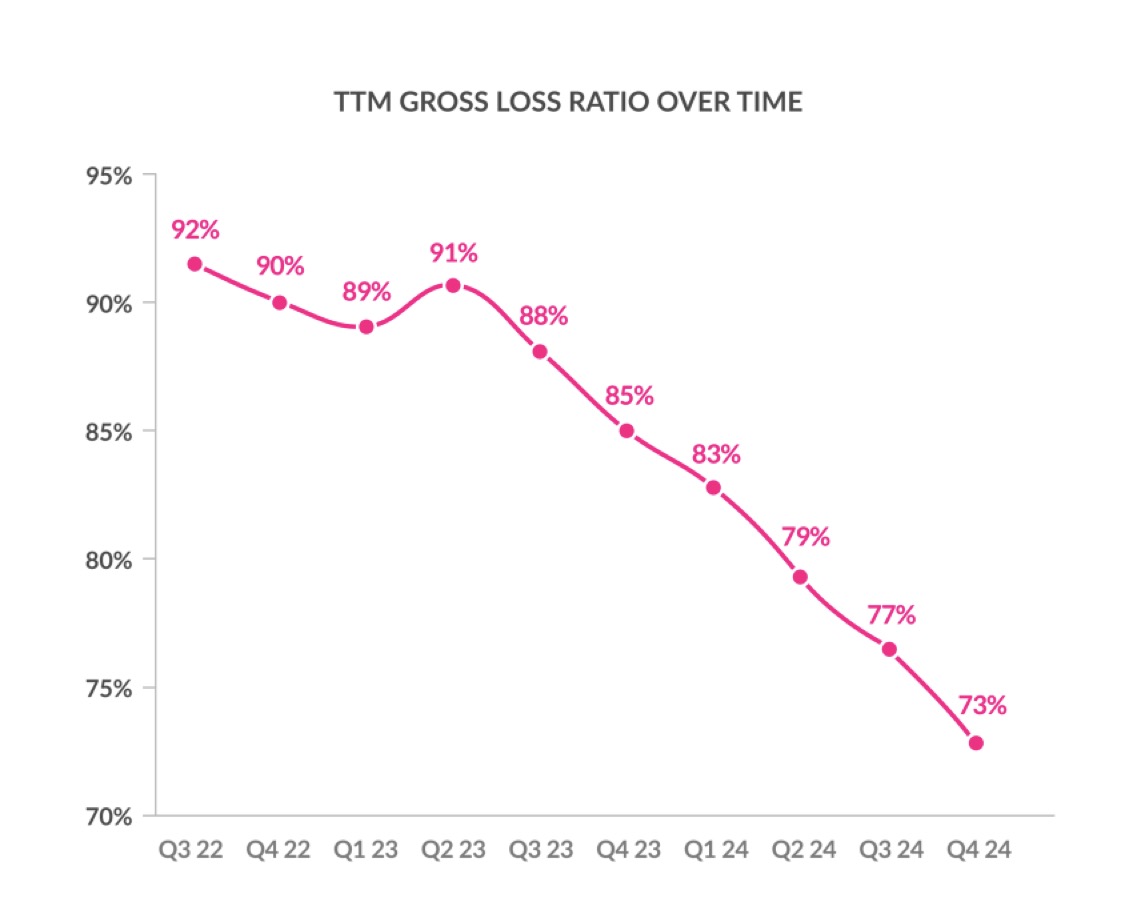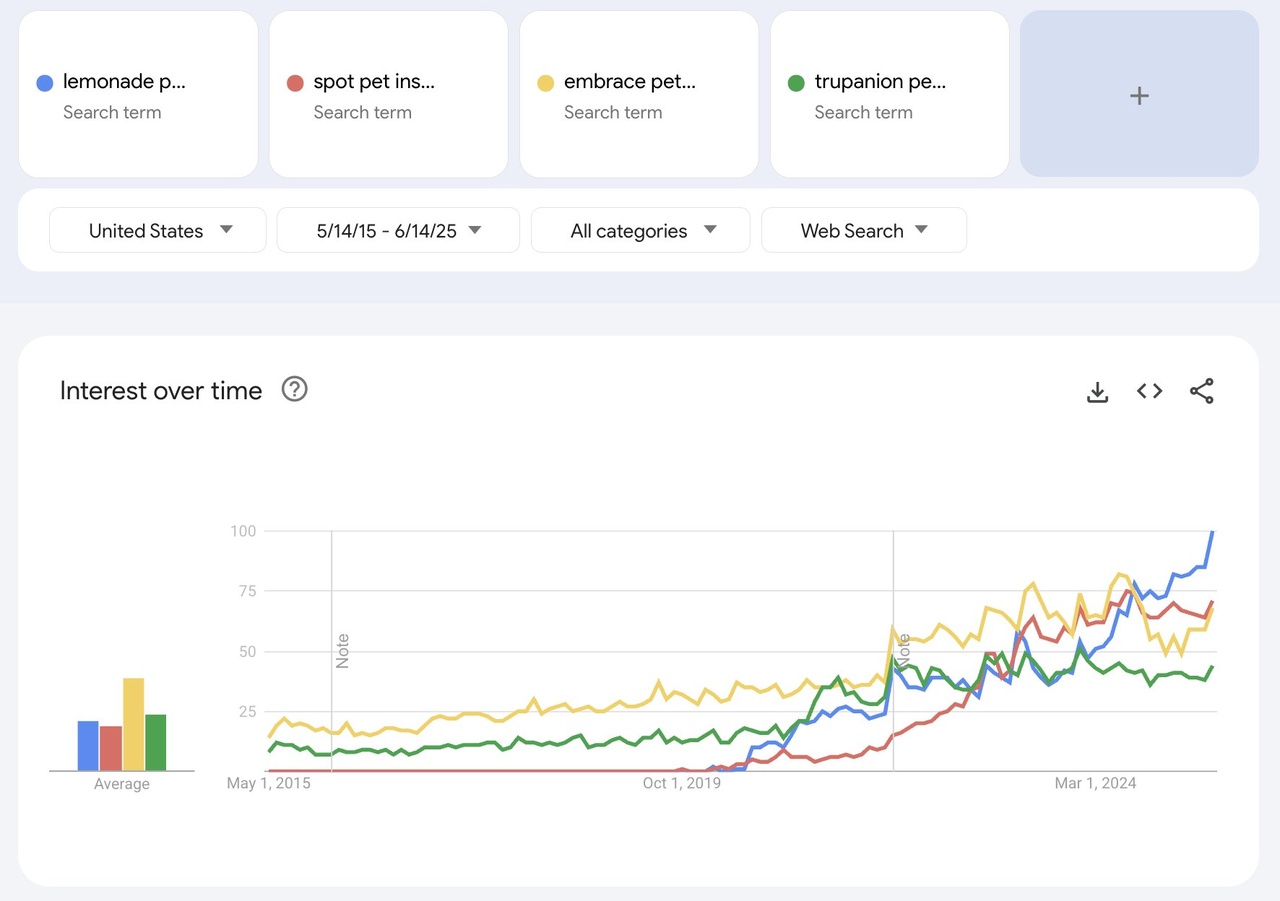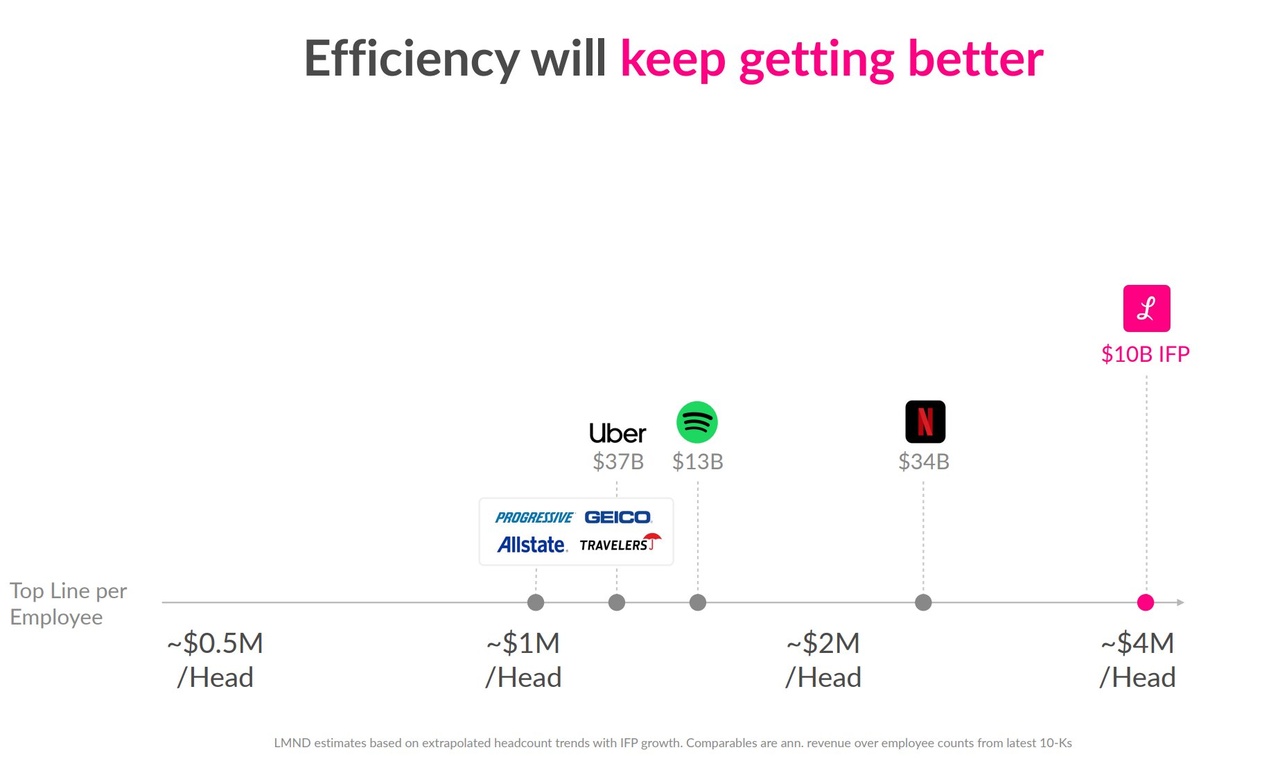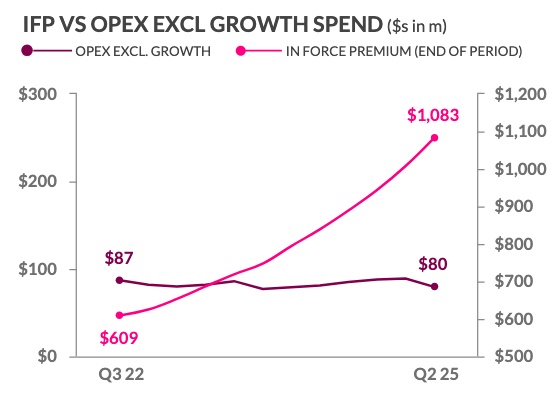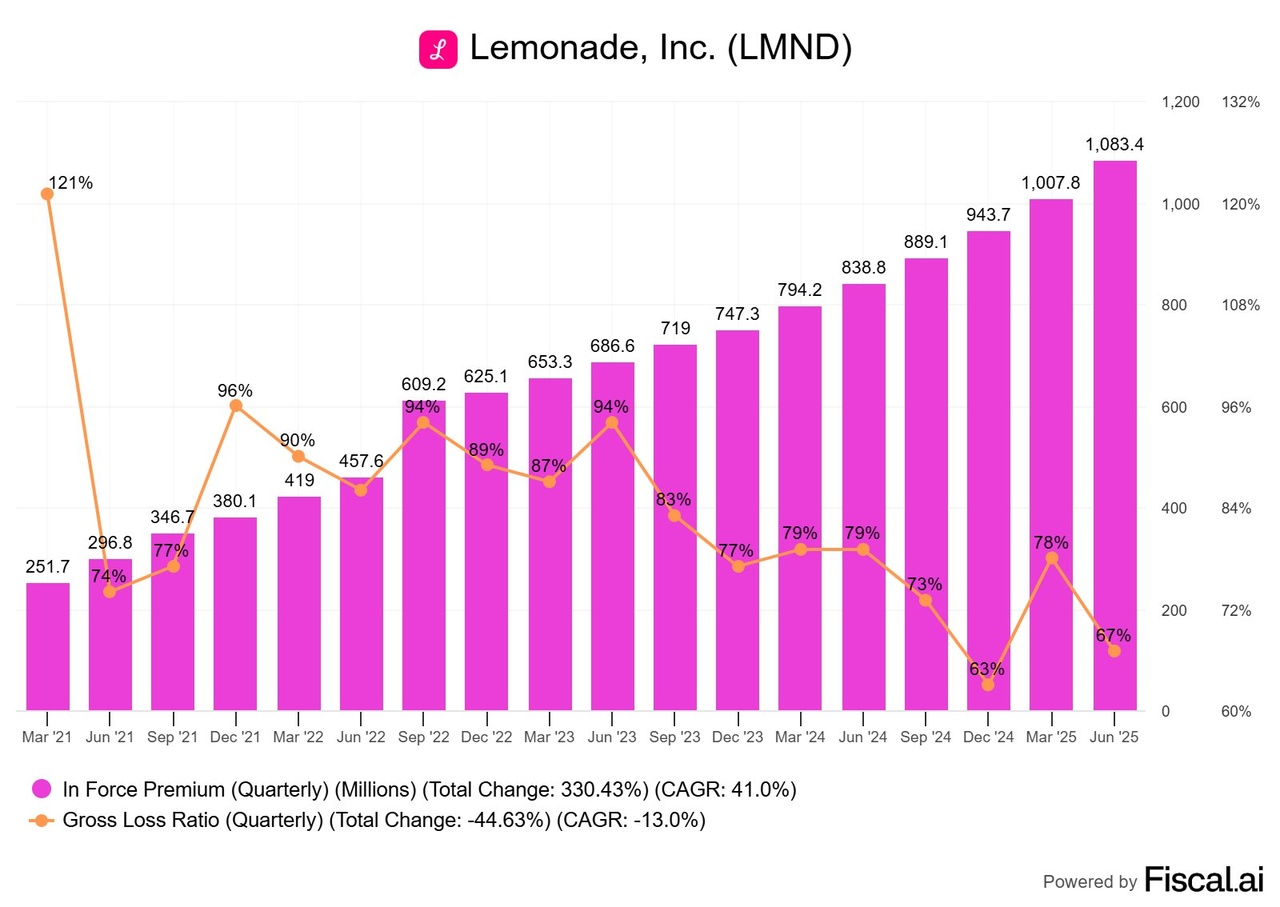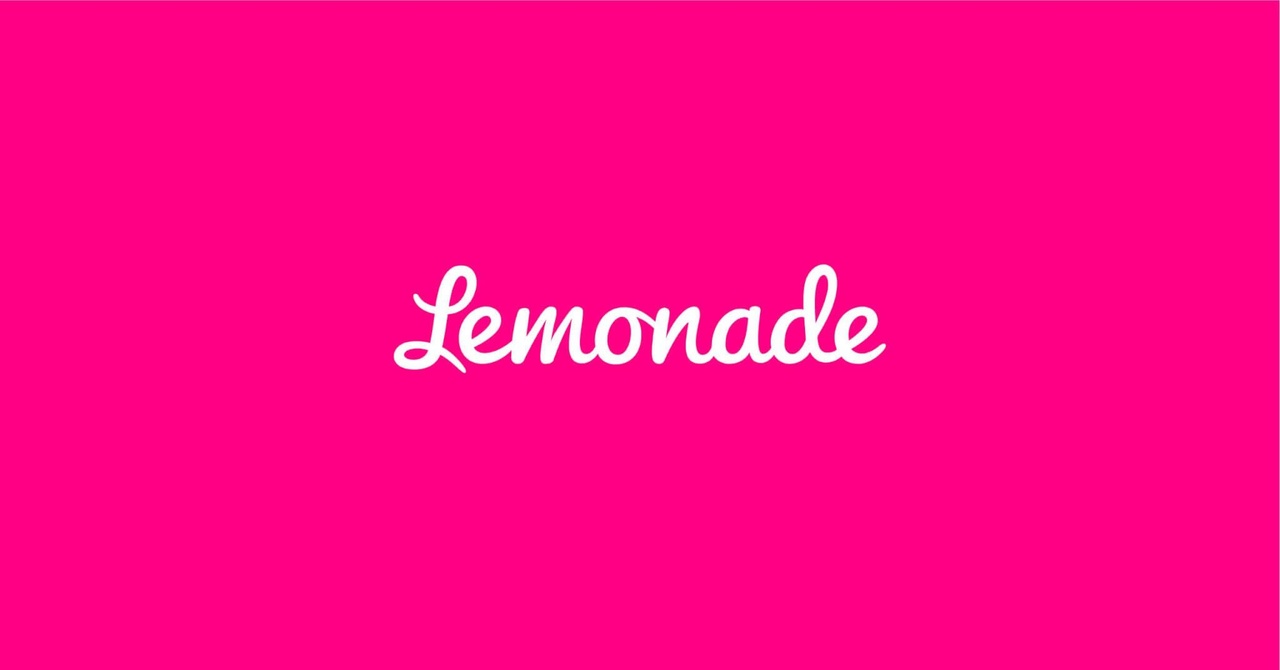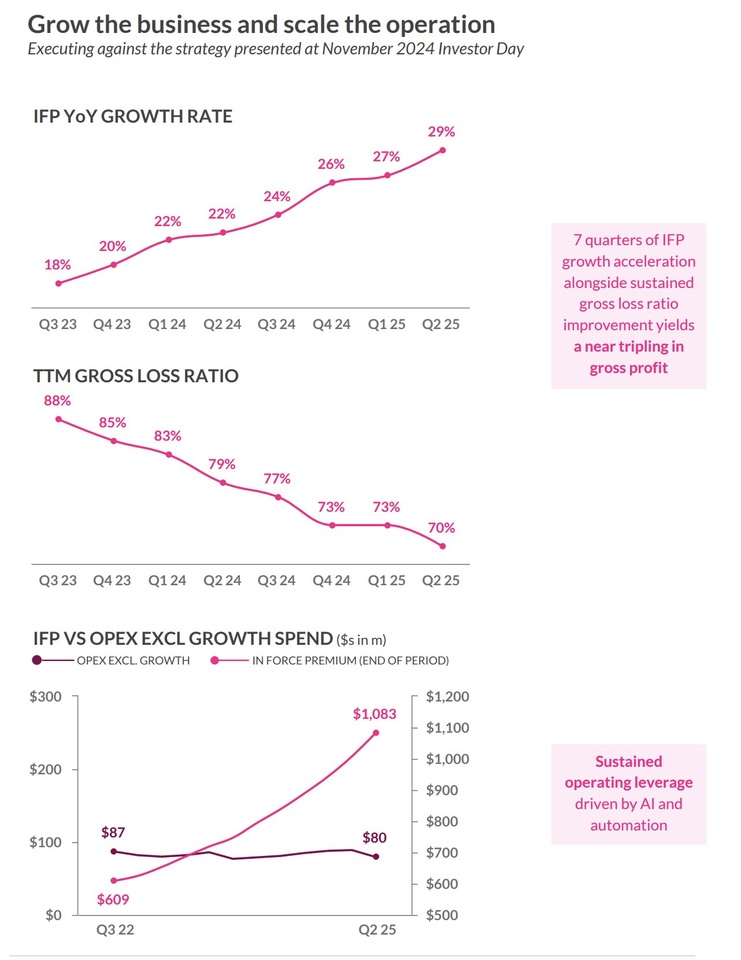The insurer Zurich $ZURN (+1,45%) and Deutsche Telekom $DTE (+0,51%) with its subsidiaries Deutsche Telekom Security GmbH and DeTeAssekuranz, have presented a new cyber insurance solution at the current it-sa, Europe's largest trade fair for IT security. With the aim of creating a clear and, above all, comprehensive protection package for customers, the jointly developed cyber insurance combines state-of-the-art IT security services with real-time risk analyses in a single product. This gives customers a comprehensive bundled offer that goes far beyond a conventional IT security solution.
The focus is on telecoms customers from SMEs and industry with a turnover of between EUR 100 million and EUR 2 billion, who can optionally expand their cyber protection as part of the MDR (Managed Detection & Response) product family.
They receive a transparent offer that is determined using a reduced questionnaire and takes individual requirements into account.
The special feature of the new insurance offer is that customers can take advantage of an optional extended cover limit with a term of up to 36 months. This offers them planning security over the entire term and also provides long-term premium stability.
》True cyber resilience requires an intelligent ecosystem《
Many customers find the cyber insurance market confusing. They come across numerous tariffs with rarely comparable modules and complex contractual conditions. This makes it difficult to find the right insurance cover.
At the same time, the risks posed by cyber attacks, data leaks and IT failures are constantly increasing. Regulatory requirements are also growing significantly, which highlights the urgent need for a holistic protection solution.
"At Zurich, we are convinced that true cyber resilience requires more than isolated tools - it needs a holistic and intelligent ecosystem that combines insurance, IT security and cyber intelligence. Through our strategic collaboration with Deutsche Telekom, we are creating an offering that meets precisely these requirements. Together we are setting new standards," emphasizes Petra Riga-Müller, Board Member Commercial Insurance Germany at Zurich Group Germany.
"In my opinion, there is no such thing as 100% technical security, so supplementary insurance can be a sensible investment. A highly motivated, experienced team meets a reliable insurer for a tailor-made product," says Telekom Security CEO Thomas Tschersich.
